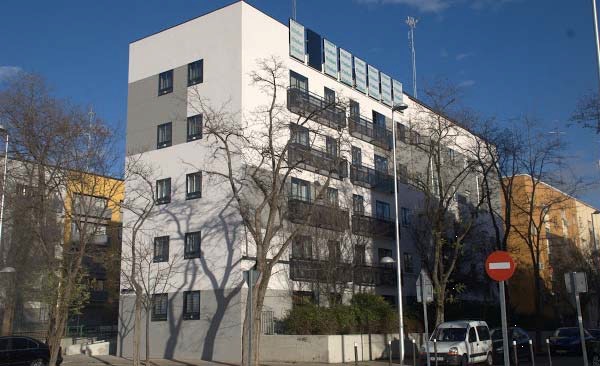iNSPiRe Kit – Energy Hub
Building Characteristics
Building type
Type of ownership
Climate
Age Class
Cost Benefit Indicators
Embedded Technologies
Envelope
HVAC
Renewables
Energy management
Technology readiness
system prototype demonstration in operational environment
Description
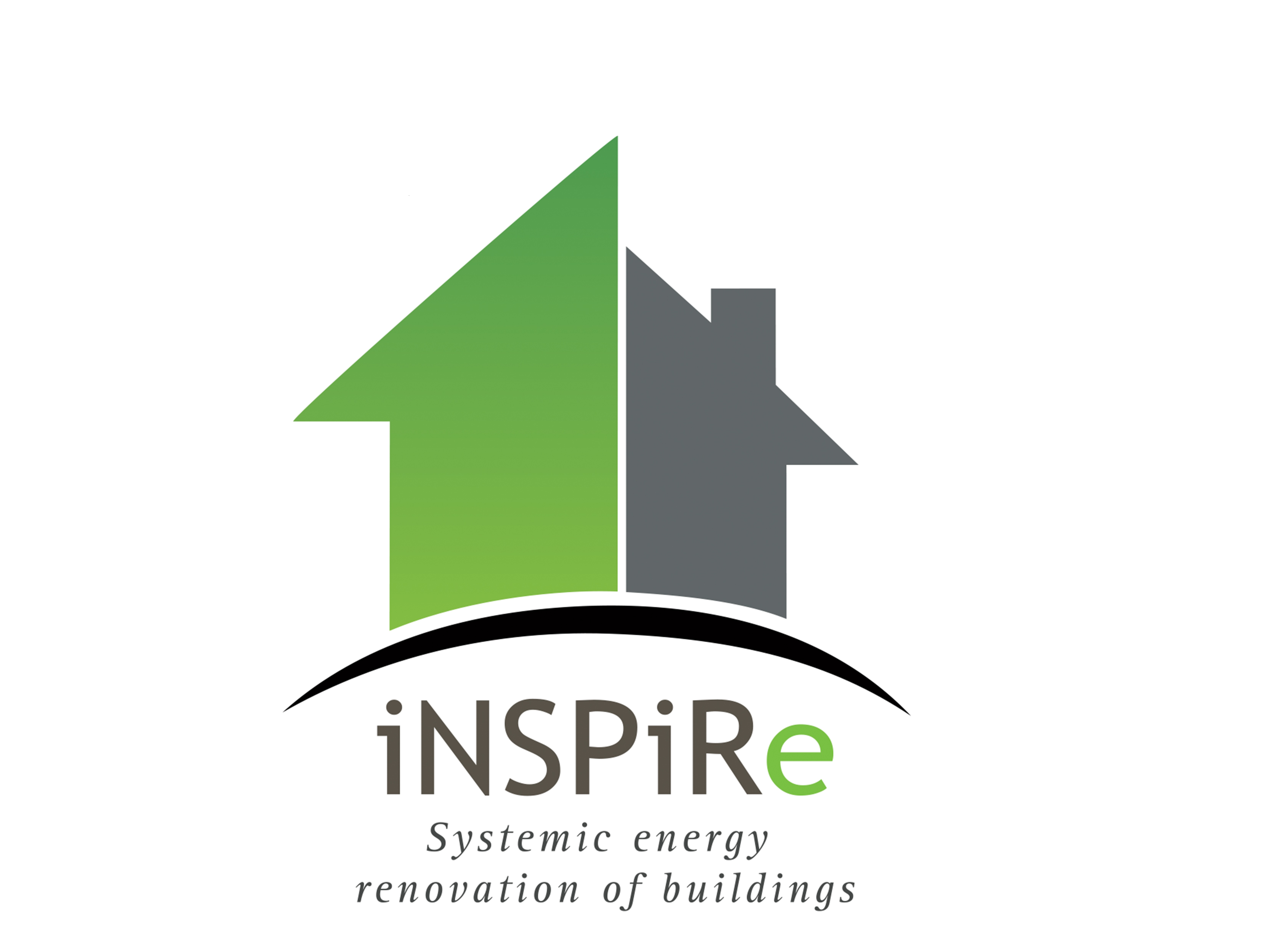
The Energy Hub (EH) is a multi-functional hydronic modular unit, which:
- connects different components of a building’s heating and cooling system (heat pump, solar collectors, geothermal probes, oil/gas/pellet boiler radiant ceilings/floor/wall, radiators, fan-coils);
- performs low cost measurement of the thermal and electric energy flows in the heating and cooling system;
- manages and optimizes the heating and cooling system; incorporates “continuous commissioning” procedures to increase the reliability of the heating and cooling system.
The Energy Hub offers flexibility, since different modules can be derived from a common initial configuration. The different modules that can be obtained can be used, for example to provide domestic hot water (DHW), control the flow at the solar collectors (Solar), regulate the supply temperature of the water, provide recirculation of the water in the distribution lines (pumping), provide space heating and cooling (SHC) and to implement parallel or series connection of components.
The Energy Hub modules are coordinated by a central unit called Energy Manager. The Energy Manager is responsible for data acquisition, real-time control, system supervision and human-machine interaction.
All the components in this network are generally “off the shelf” components, therefore familiar to trained installers. All the EH are essentially hydronic components that should be managed on-site by plumbers and electricians with some experience of automation system or by a trained installer with the two expertise.
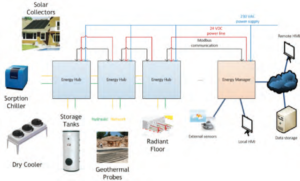
Energy Hub, Energy Management and Energy Managemet Network. Source: iNSPiRe
Design and implementation
Strenghts
- Prefabrication off-site
- Uses “off the shelf” components
- Adaptable design
- Information provided to the users about their energy consumption
- The components installed in the EHs are compliant with the EU regulations
- Reduced maintenace
Weaknesses
- Requires skilled installers: attention should be paid to the commissioning
- Suitable technical rooms or alterative spaces are required
Opportunities
- Remote predictive maintenance can be enabled
Threats
- Reduced application for historical buildings.
- Additional work is needed to industrialise the Energy Hub solution, including the CE mark
Example
iNSPIRe – Madrid
47, Canción del Olvido street, Ciudad De Los Angeles, Madrid
Completion: 2016
This building was commissioned in 1960 by EMVS (the empresa municipal de la vivienda y suelo of Madrid) and its foundations were partially renovated back in 2003. The condition of this property prior to the renovation jobs showed a number of defects, in particular foundation problems derived from the structure’s differential settlement, which caused significant cracks on the building facade. Besides, the building envelope lacked any kind of insulation and the roof’s insulation and waterproofing consisted of what is known as ‘Catalonian roofing’, traditional Spanish construction technique consisting of an aired/ventilated chamber providing both insulation and waterproofing.
The Energy Management System was used to setup and operate a new heating and cooling system. It is composed of a number of Energy Hubs distributed within the centralised heating and cooling systems: 20 EHs have been installed, driving, monitoring and metering a centralised system that provide space heating, space cooling and domestic hot water to 8 apartments in a Multifamily house.
More information here:
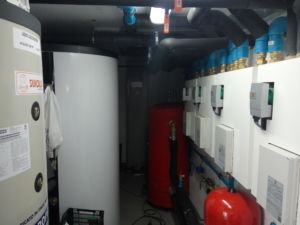
Energy Hub modules installed in the technical room of the building (Source EURAC)
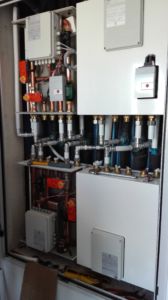
Energy Hub modules – close-up (Source EURAC)
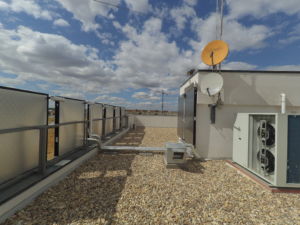
Heat pump setup on the roof (Source EMVS)
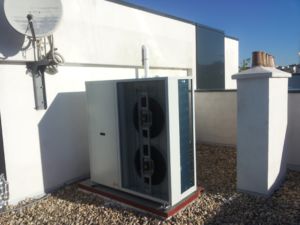
Heat pump setup – close-up (Source EMVS )
